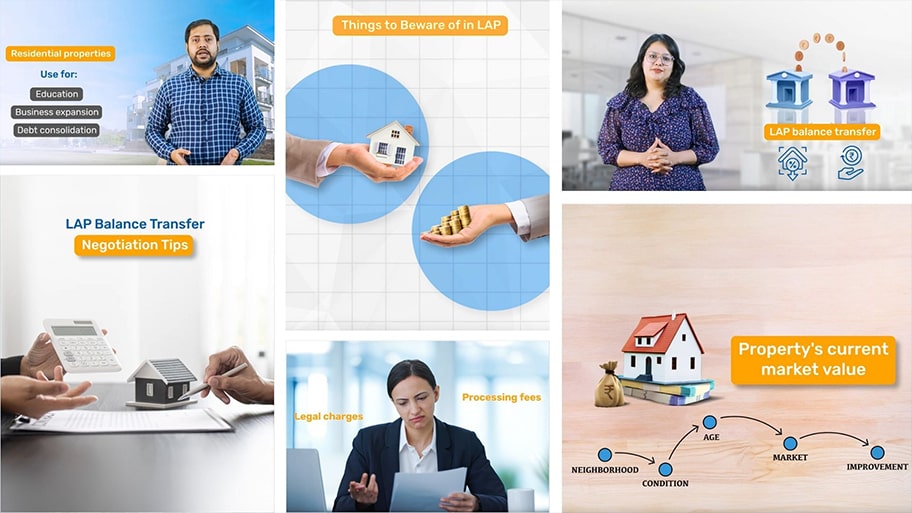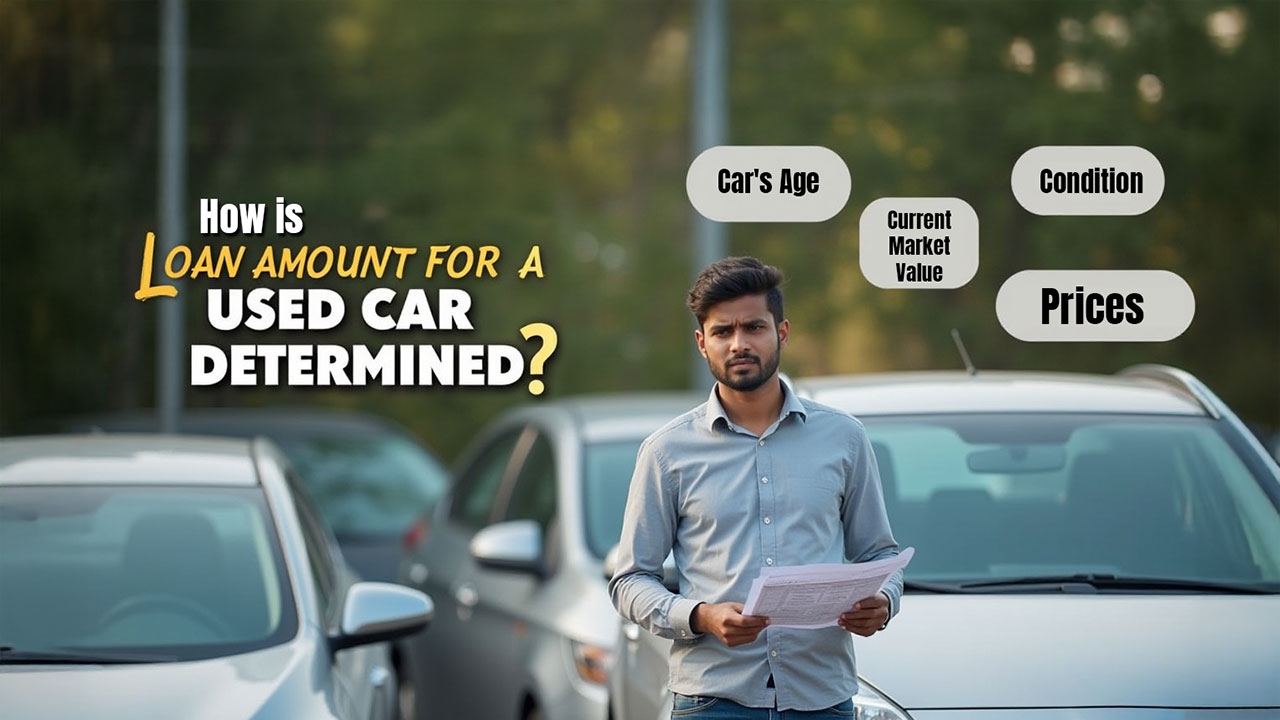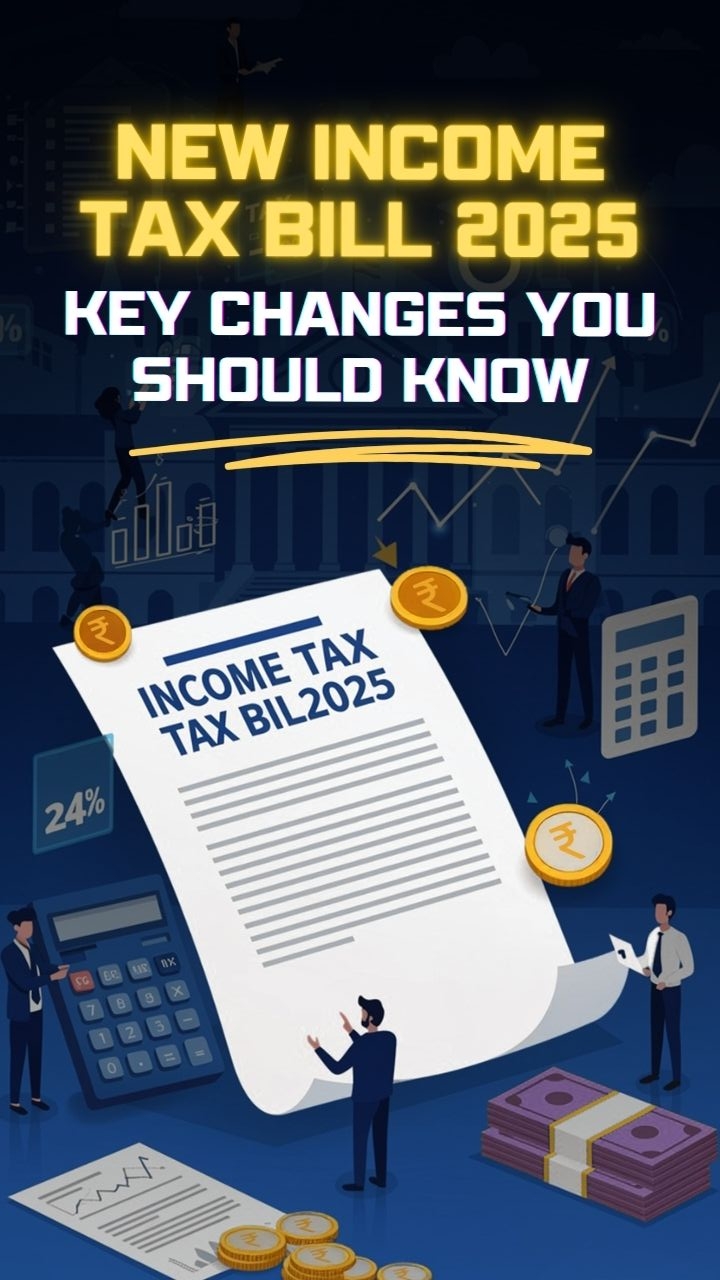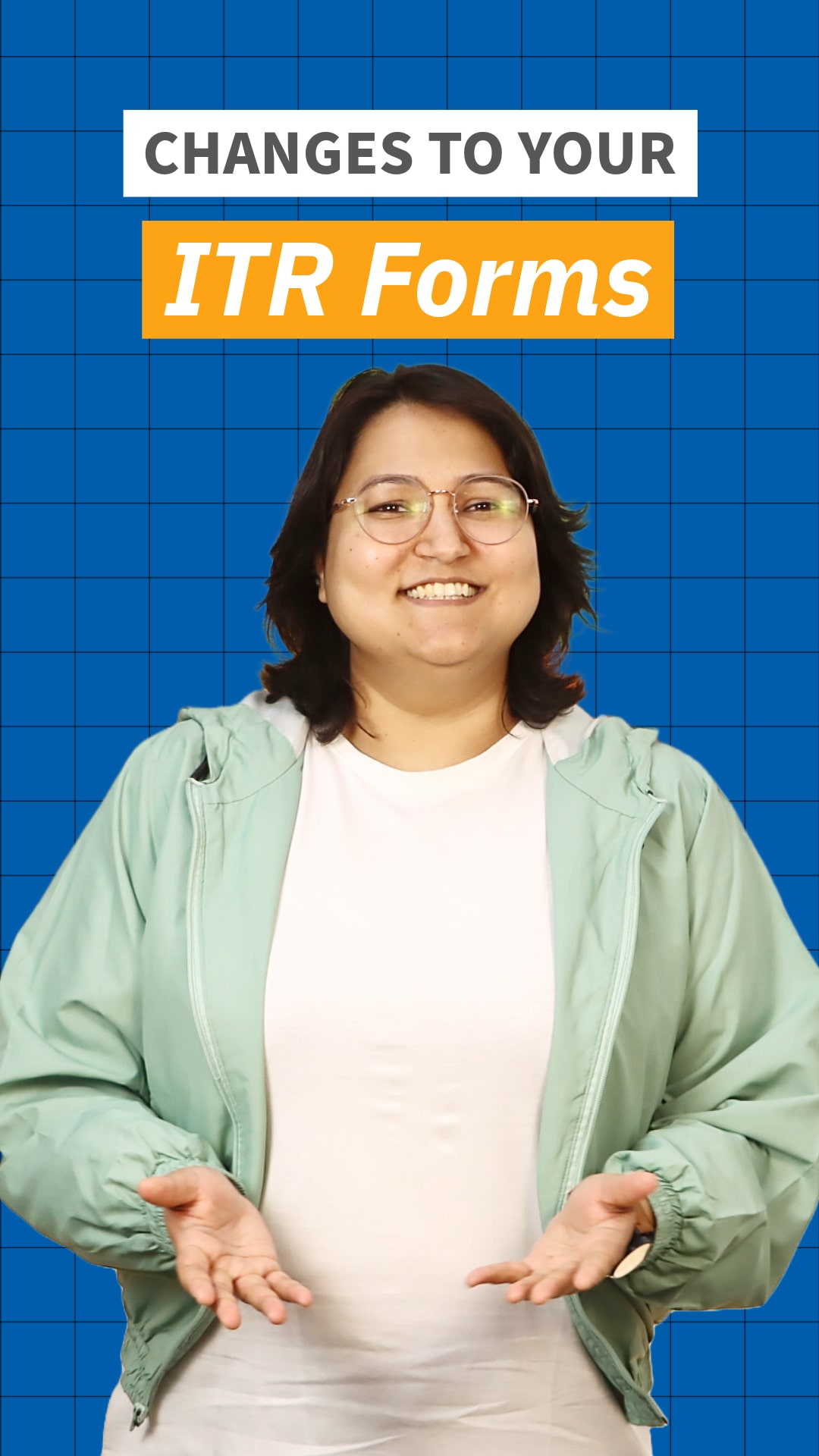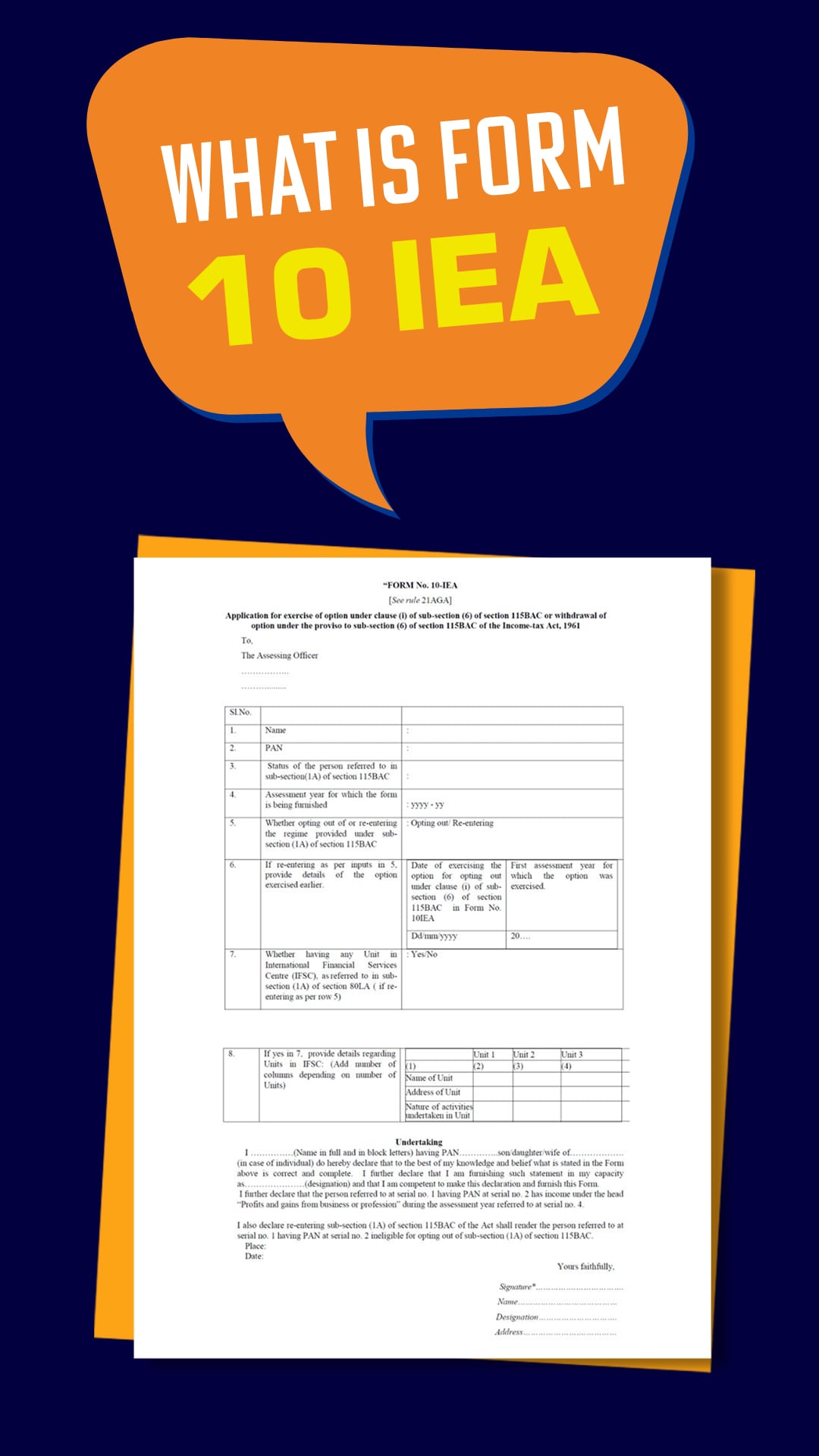Income Tax Slabs for 2023-24: A Comprehensive Guide
In this video, we’ll explore income tax slabs under both the Old and New Regimes. These could help determine how much tax you might owe based on your income.
First, we’ll look at the Old Tax Regime. Here, you won't have to pay tax for income up to ₹2.5 Lakhs if you are a non-senior citizen. For senior and super senior citizens, this exemption is ₹3 Lakhs and ₹5 Lakhs, respectively. After that, the rates are the same for citizens of all ages. Next, you’ll learn about the tax slabs applicable. They start at 5% for income between ₹2.5 Lakhs and ₹5 Lakhs. Thereafter, the tax brackets are 20% (between ₹5 Lakhs and ₹10 Lakhs) and 30% (above ₹10 Lakhs).
Similarly, we’ll cover the New Tax Regime. Here, you won’t have to pay tax for income up to ₹3 Lakhs, regardless of your age. After that, the applicable tax rates are 5%, 10%, 15%, and 20%. In this video, you’ll also learn about the applicable income brackets. These are ₹3 Lakhs to ₹6 Lakhs, ₹6 Lakhs to ₹9 Lakhs, ₹9 Lakhs to ₹12 Lakhs, and ₹12 Lakhs to ₹15 Lakhs, and above ₹15 Lakhs.
With this summative idea of the tax slabs, you could be better prepared to plan your tax filing.

Key Takeaways
Income tax slabs determine the amount of tax you pay based on your income, with higher incomes incurring higher taxes
The slabs may vary annually and depend on the tax regime - old or new - each with its own set of brackets
In the old tax regime, non-senior citizens with income up to ₹2.5 Lakhs may not be liable to pay tax. On the other hand, senior and super senior citizens have different thresholds
Under the new tax regime, taxes are uniform for all age groups. Rates range from 0% for incomes up to ₹3 Lakhs to 30% for incomes above ₹15 Lakhs
Tax slabs aim to maintain fair taxation laws in the country and may change based on budget announcements
Understanding the applicable tax slab is crucial when filing income tax returns
What to Watch Next
Bites












